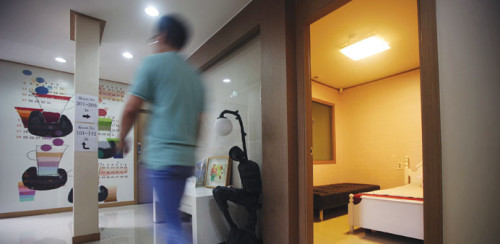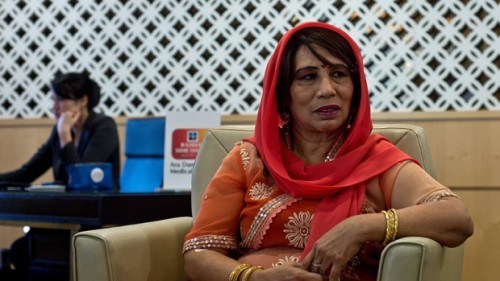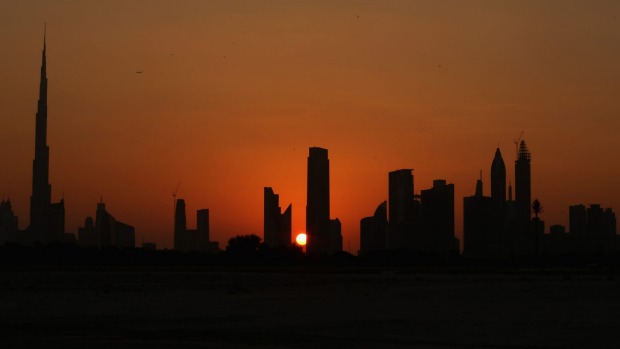
A staff of BK Plastic Surgery is walking at hallway in the guest house of hospital in Shinsa-dong, Seoul(file). According to a statement issued by the Korea Tourism Organisation last week, health tourists from the Middle East spent the largest amount of money per person on medical services in South Korea last year, with those from the UAE on top of the list.
The rapidly growing medical tourism industry in South Korea is putting its focus on Middle Eastern health tourists after it turned out that the latter are the heaviest spenders on medical treatment in the country. According to a statement issued by the Korea Tourism Organisation last week, health tourists from the Middle East spent the largest amount of money per person on medical services in South Korea last year, with those from the UAE on top of the list. This is compared to other nationalities that choose South Korea for medical procedures such as Chinese, Americans, Russians, people from Asean countries as well as medical tourists from Mongolia and Kazakhstan who have a traditional preference for South Korea when looking for medical treatment abroad.
The Korea Tourism Organisation determined that visitors from the UAE spent an average of $16,271 on medical services in South Korea in 2014, which makes them by far the biggest individual spenders. Medical tourists from Kazakhstan and Indonesia came second and third, having spent an average of $4,191 and $1,773, respectively.
The centre of South Korea’s medical tourism industry is Seoul. According to latest numbers from the Seoul Metropolitan Government, 178,519 patients from abroad sought treatment in hospitals and clinics in Seoul in 2013 – an increase of 40,607 foreign patients from 2009 – and spent $260mn. As in the whole country, the top average spend was by health tourists from the UAE, with Kazakhstan the second. The UAE spending was up 370% over 2013, the regional government’s statistics show. Most popular treatments were surgery, including cosmetic surgery, and dermatology. For example, it is known that the UAE – and also the Saudi Arabian – royalty are regular visitors of the upscale Chaum Medical Center in Seoul’s Gangnam district.
While spending from Middle Eastern visitors is indeed high, their absolute number remains low, and that’s why the Korea Tourism Agency is keen to lure more Muslim tourists to the country, acknowledging the fact “that a majority of VIP tourists who spend big are from Muslim-majority nations”, as the organisation puts it. In December 2014, it published a halal food guidebook for Muslim tourists visiting Korea, and it also plans to provide a halal tourism guidebook shortly to travel agencies, hotel managers and tourism industry officials to get them accustomed with Muslim touristic services.
While South Korea is competing hard in health tourism with other countries in the region, such as Thailand, Malaysia, Taiwan and Singapore, it has earned a reputation as a hub for high-quality cosmetic surgery, building on the fact that the country has the highest rate of cosmetic surgery by percentage of population of any country in the world. Tour operators sell travel deals that combine plastic surgery in one of the many specialised hospitals or clinics with shopping and sightseeing trips.
The South Korean government has approved an annual budget of $4mn to promote the medical tourism industry with its 3,800 hospitals and clinics involved in the sector. Expectations are that the number of health tourists would grow from 399,000 in 2013 to about 1mn a year by 2020 – with Chinese travellers representing the largest segment – and receipts from health tourism to increase to $3.2bn in 2020 from $930mn in 2013.
This would be a solid share of around 10% in global health tourism revenue, which is forecast to reach $32.5bn by 2019 according to US-based business intelligence firm Transparency Market Research, up from the $10bn in 2013.
source: http://www.gulf-times.com / Gulf Times / Home> Business> Eco-Bus.News / by Arno Maierbrugger, Gulf Times Correspondent. Bankgok / January 24th, 2015



